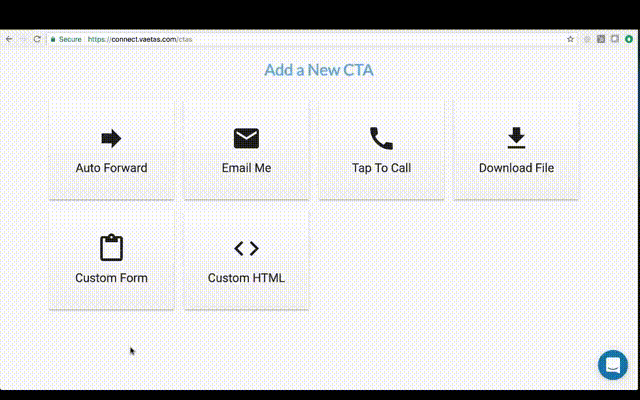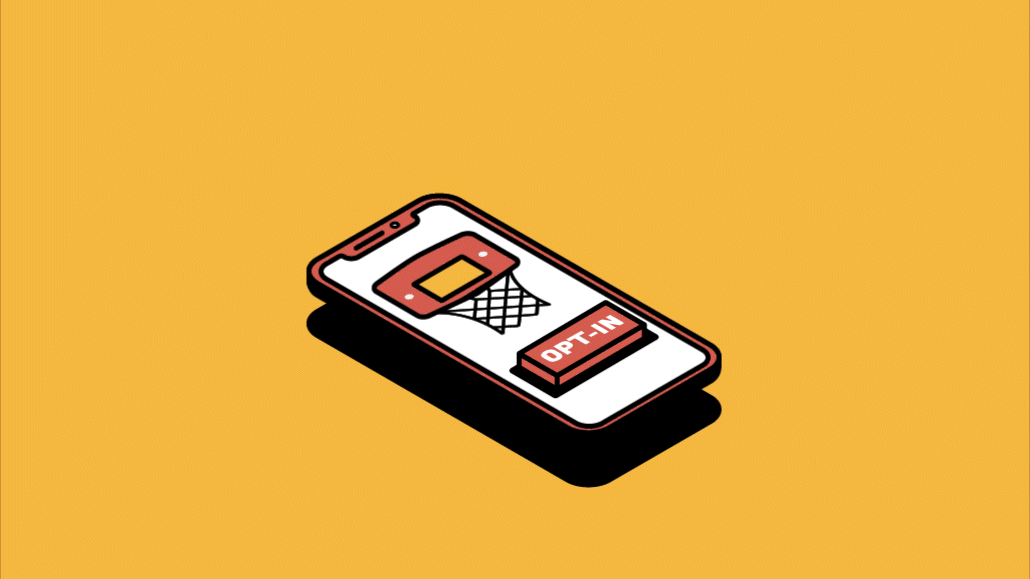What makes A Strong 'Call-to-Action'?
What Makes a Strong ‘Call-to-Action’?
The internet is filled with endless possibilities. You click on one thing and before you know it, you're scrolling through another page and opening tab after tab on your browser.
It can lead you down an infinite maze of information.
On one single web page alone, the possibilities are endless. For users to make a decision solely by themselves, this can be very tedious.
This is where Call-to-Action (CTA) statements come in.
Here are examples of some of the most common Calls-to-Action statements:
Share now
Sign up for our free newsletter
Start your free trial today
Click here to read more
Try Now
Buy Now
Download Now
From a glance, it might seem like creating a Call-to-Action statement isn’t that hard and it really shouldn’t be. To call or prompt someone to take action is simple, uncomplicated and mostly, very straightforward.
However, this is also what makes it challenging.
Due to the simplicity of CTAs, these can become repetitive, bland, unoriginal and weak. Rather than moving forward or taking action, some CTAs can instead lead a visitor or user to turn away.
So, what’s the secret to a strong Call-to-Action statement?
Well, there really isn’t a ‘one-size fits all’ way to create a strong call-to-action statement. In fact, the more creative and witty you get with your CTAs the better chances of making conversions. Of course, you do need to be careful not to overdo it though.
That said, what makes a CTA strong?
Focusing on Building Value
A CTA cannot stand alone. You need to create and build a strong Brand awareness before you can consider the strength of your Calls-to-Action statements.
People need to be intrigued by your brand, products and services first before they can take the next step. This brings us to our next point.
Generating Engagement
Not all CTAs are there to lead customers to make a purchase. In fact, it’s best used to encourage users to engage with your website and turn first time visitors into frequent users or visitors of your site.
Some of the most popular CTAs that make use of this strategy are:
Sign up for newsletters buttons
Share buttons for Social Media accounts
Social Media links to your brand’s own profiles
Contact Buttons
Naturally, you can use these on your own website, but to avoid being too generic and to avoid stifling your creativity, let’s go over what you can do to create strong CTAs.
Think of your TONE
Ever heard people say, “it’s not what you said but how you said it”. While some might disagree with this, many consumers can easily be pushed away by the wrong tone.
You want your CTAs to drive consumers to focus on you without being intrusive. Nobody really likes a pushy salesman.
Rather than telling people to ‘Join Now’ or ‘Buy Now’ you can use signs like ‘We Want to Hear from You’, ‘Join Our Community”, or “Don’t Miss It”.
Focus on your Goals
What are your goals?
Remember CTAs are there to guide your audience. You don’t want to confuse them by merging conversion and user engagement CTAs in one area.
Strategize and organize your content based on your needs and objectives. You can use social media and calendar tools to organize and figure out the motive behind each of your posts as well so you can add a suitable CTA alongside them.
Once you have this down, the next step is to test it out and think of what CTAs work for your platform and brand.
Before you go!
If you're interested in learning more about how Tusko can help you create effecting call-to-action designs. Go on to our “Contact” page and get in touch.







